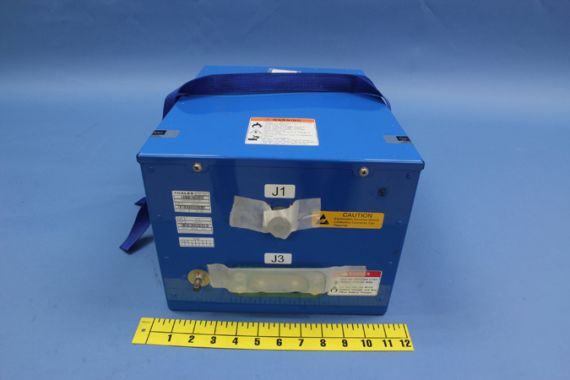Boeing halts deliveries of 787 Dreamliner
US company announces move but will continue to build aircraft while safety experts check battery and electrical systems.

US aerospace company Boeing has halted deliveries of its 787 Dreamliner but says it will continue to build the aircraft while safety experts examine its battery and electrical systems, the company says.
The announcement capped a week in which all 50 planes in service around the world were grounded on orders from multiple aviation authorities to investigate the lastest two incidents of problems with the plane, including a fire, linked to its batteries.
Keep reading
list of 4 itemsPalestinian Prisoner’s Day: How many are still in Israeli detention?
‘Mama we’re dying’: Only able to hear her kids in Gaza in their final days
Europe pledges to boost aid to Sudan on unwelcome war anniversary
“We will not deliver 787s until the FAA approves a means of compliance with their recent Airworthiness Directive concerning batteries and the approved approach has been implemented,” a Boeing spokesman said on Friday.
The spokesman said production of the aircraft would continue.
Dreamliners had been flying in Chile, Ethiopia, India, Japan, Poland, Qatar and the US until their flights were stopped after a global alert issued by the US Federal Aviation Administration.
Jim McNerney, Boeing’s chairman and chief executive, has defended his company against the “negative news attention”.
“As everyone inside the company knows, nothing is more important to us than the safety of the passengers, pilots and crew members who fly aboard Boeing commercial and military aircraft,” he said.
“We have high confidence in the safety of the 787 and stand squarely behind its integrity as the newest addition to our product family.”
Battery fears
McNerney’s comments, made in a statement to employees, came after US and Japanese experts began examining an All Nippon Airways 787 that was forced to make an emergency landing on Wednesday.
The incident at Takamatsu airport in southwest Japan occured due to a smoke alert, apparently linked to a lithium-ion battery, the plane’s main electrical power unit.
“We removed the battery yesterday and are today inspecting the plane and its components, alongside the US officials,” said Mamoru Takahashi, a spokesperson for the Japan Transport Safety Board (JTSB).
A picture released by the JTSB showed scorch marks on the blue casing of the battery. Much of what looked like wiring around the eight cells of the battery was disfigured.
It was the second incident involving the battery, and one of several problems since the beginning of the year, including a taxiing 787 sprouting a fuel leak in Boston.
The problems have cast a cloud over an aircraft that is heavily dependent on pioneering electrical systems and lightweight composite materials.
No airline has cancelled purchases for the 787, but with 850 of the ambitious $200m-plus aircraft on order, a fortune is at stake.
McNerney stressed that since they entered service in October 2011, 787s have completed 18,000 flights and 50,000 flight hours with no serious problems.
Ray LaHood, the US secretary of transportation, told US television news channel NBC that Boeing would have to prove the 787’s airworthiness to US inspectors again.
“Those planes won’t fly until we’re 1,000 percent sure they are safe to fly,” said LaHood on Friday.
Union vote
Hideyo Kosugi, a JTSB investigator, said one theory was that there may have been insufficient protection offered by the batteries’ surrounding electrical system.
“I’m sure that too much current or too-high voltage has gone to the battery,” Kosugi told reporters.
Loren Thompson, an aviation analyst at the Lexington Institute, a US think-tank, said Boeing was under heavy pressure “to find a solution as soon as possible,” or else it will stop receiving payments for the aircraft on order.
Boeing’s engineers union, representing 23,000 staff, raised the stakes in the case on Friday as its representatives rejected the company’s “final” contract offer, and blamed the 787 problems on the manufacturer’s outsourcing strategy.
The union members will likely vote next week on whether they agree to reject the contract offer, and the ballot could include a vote on whether to go on strike.